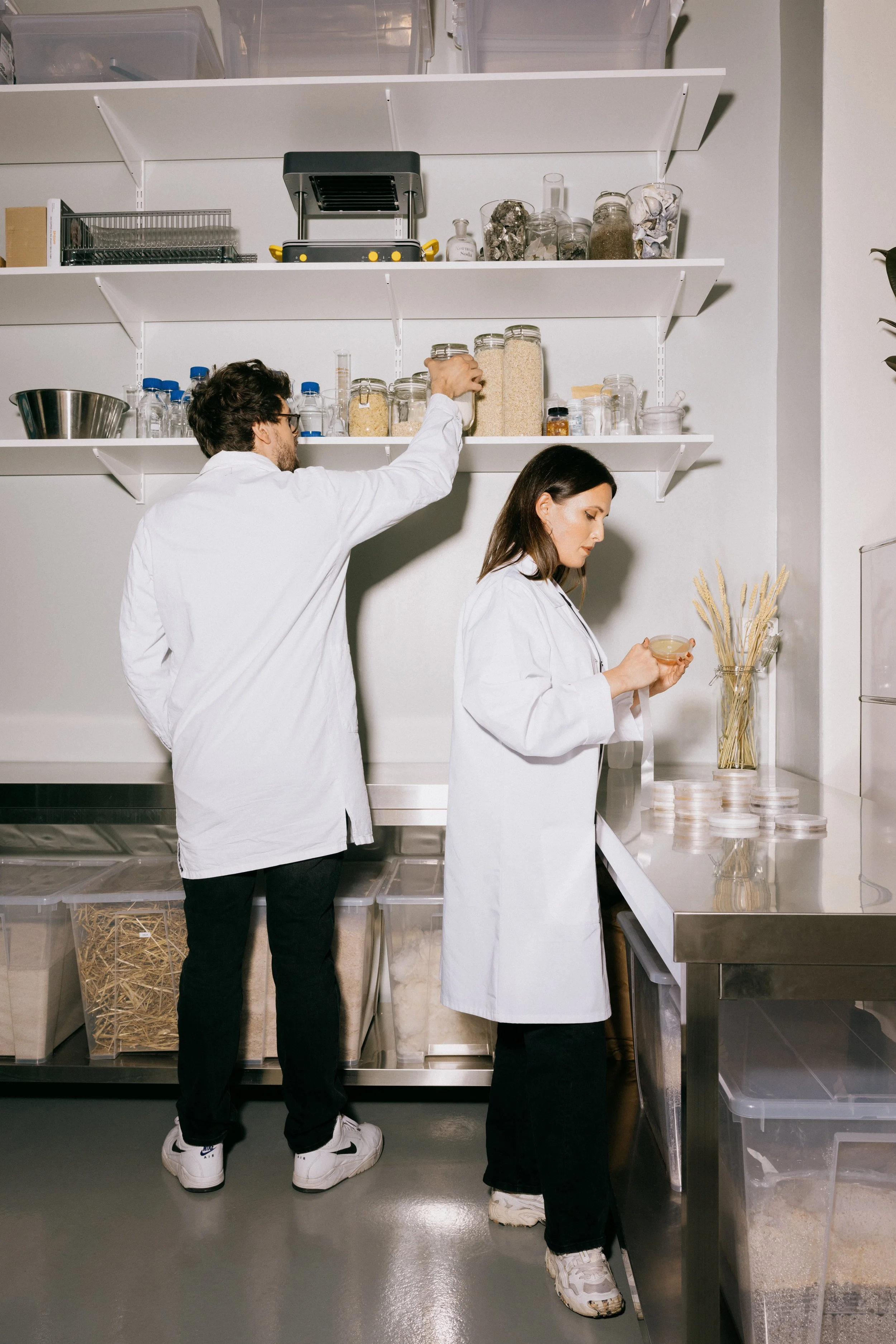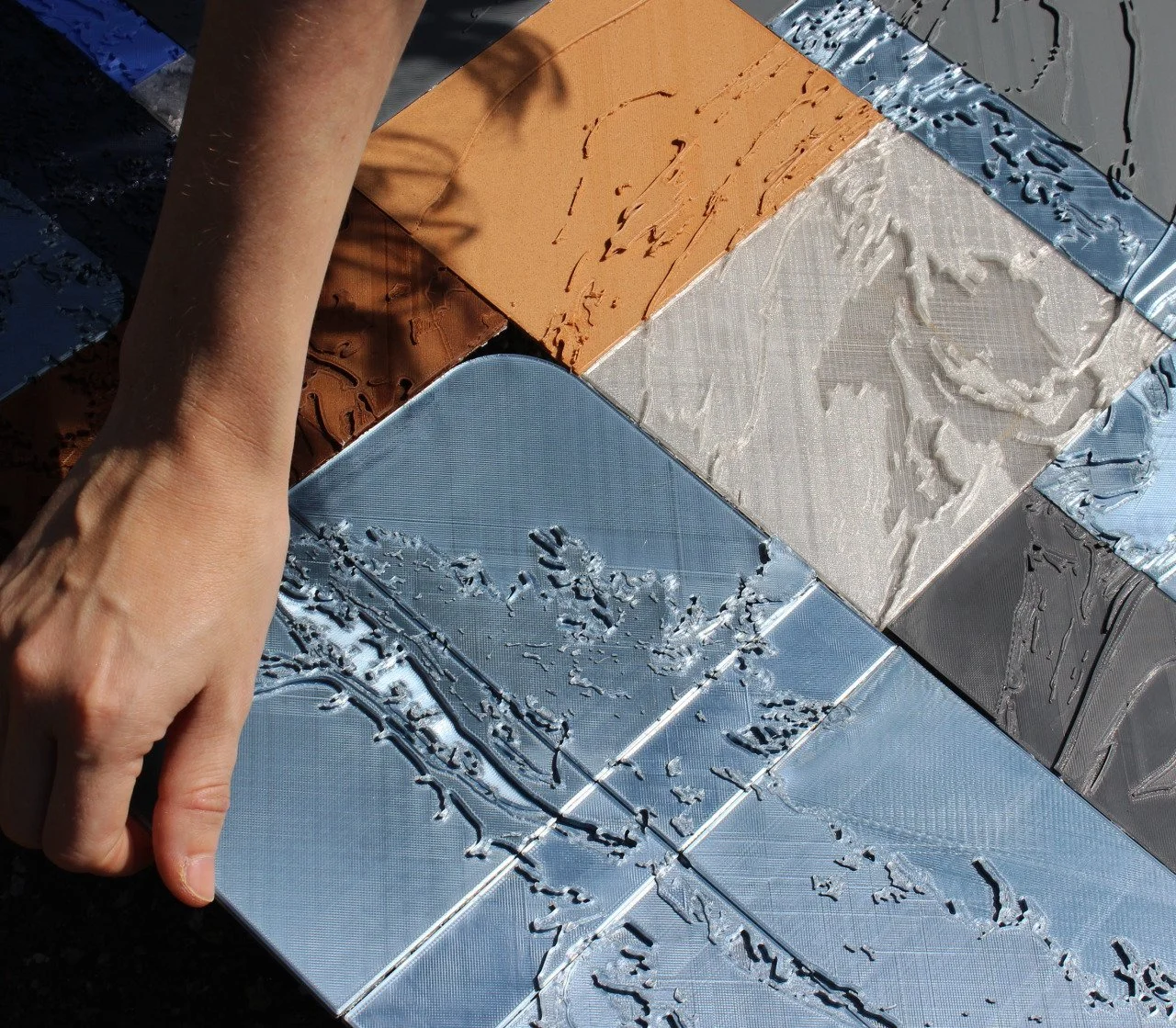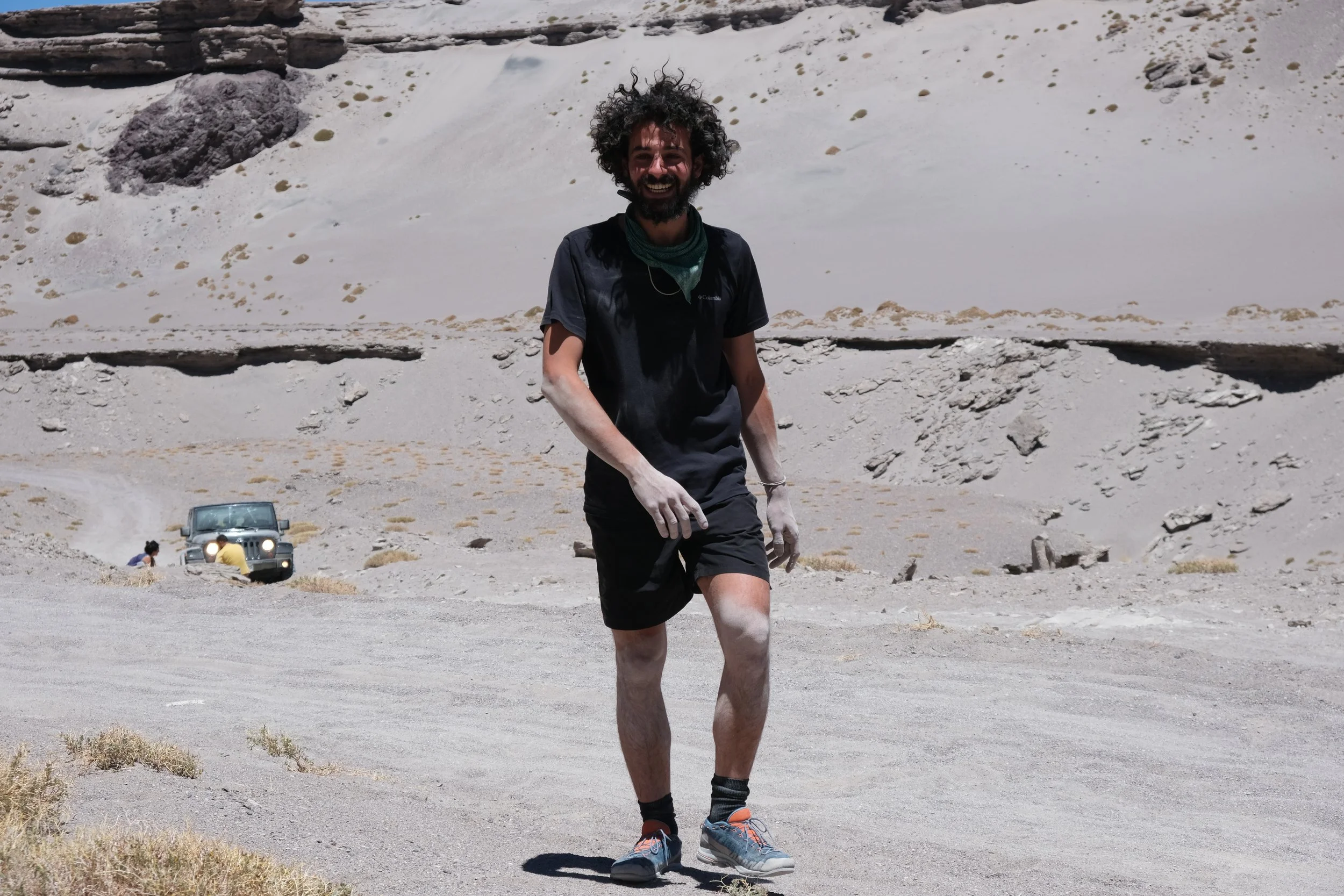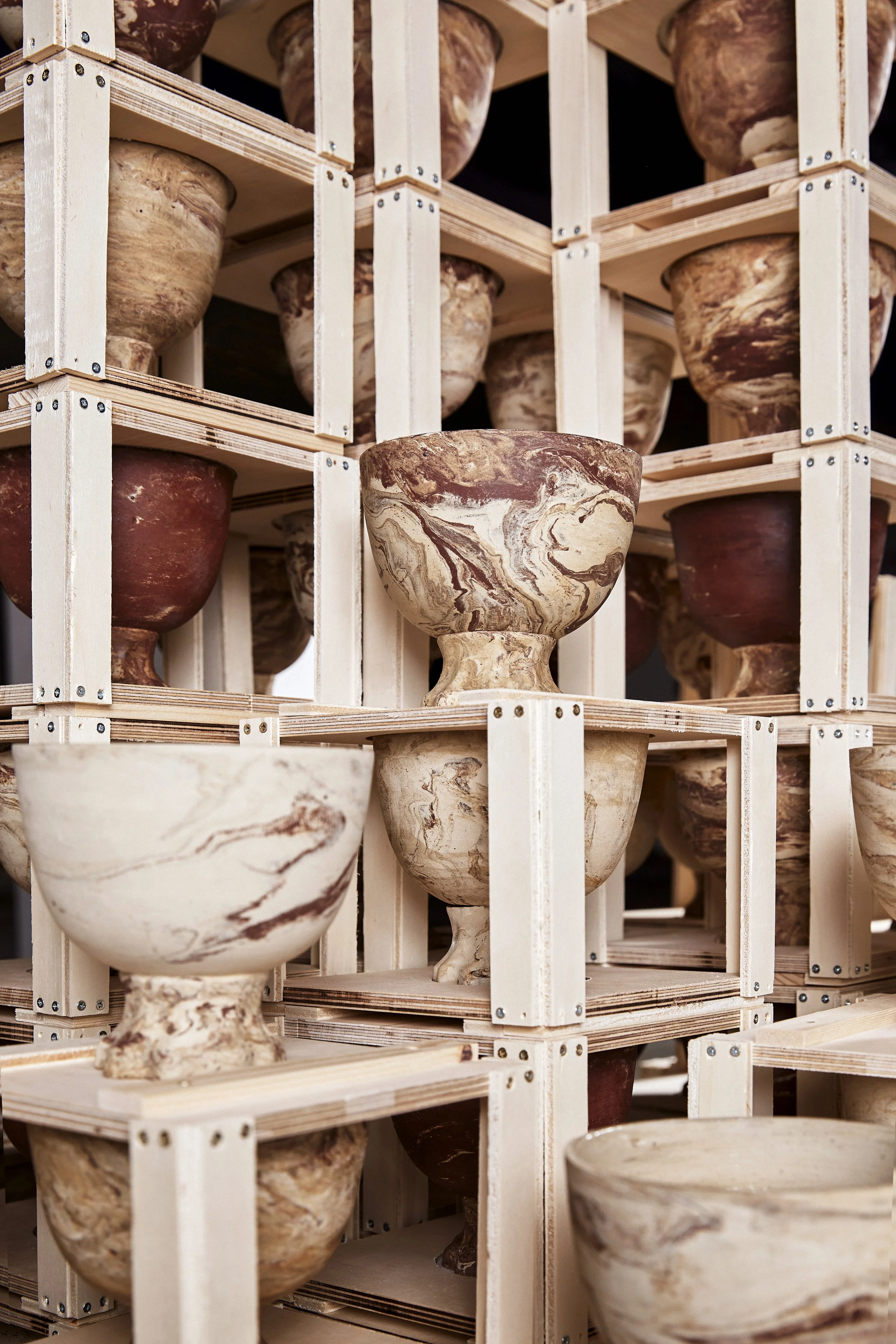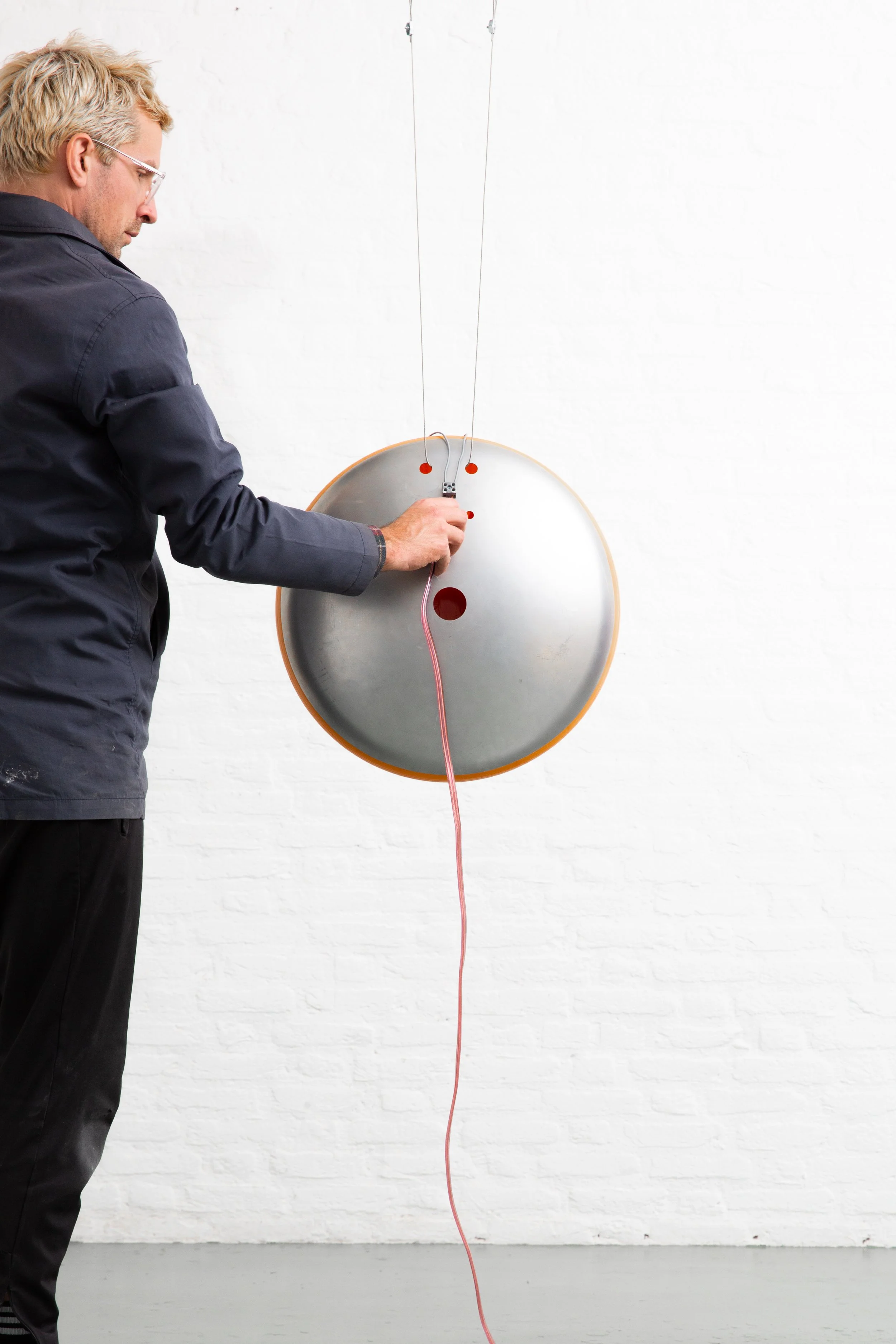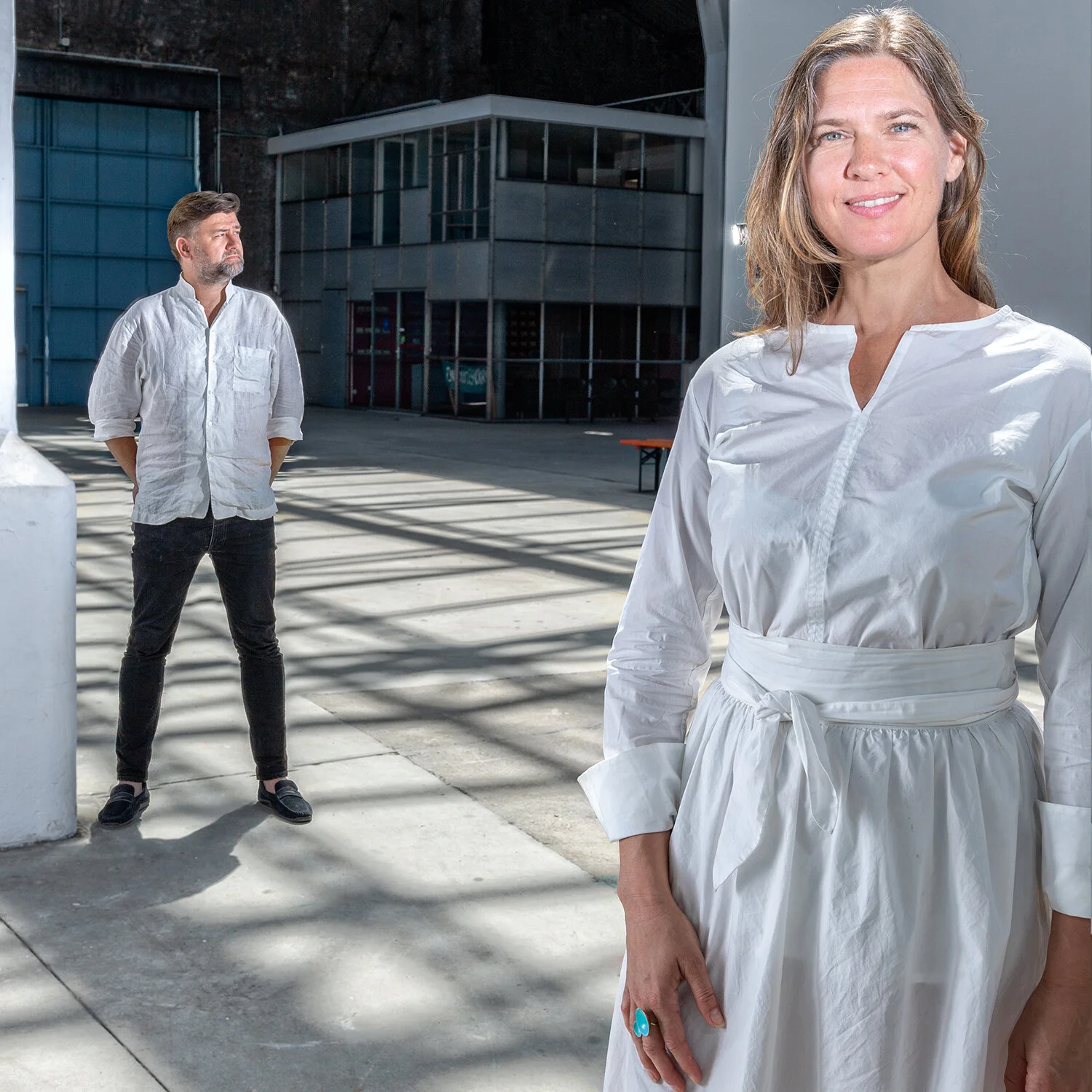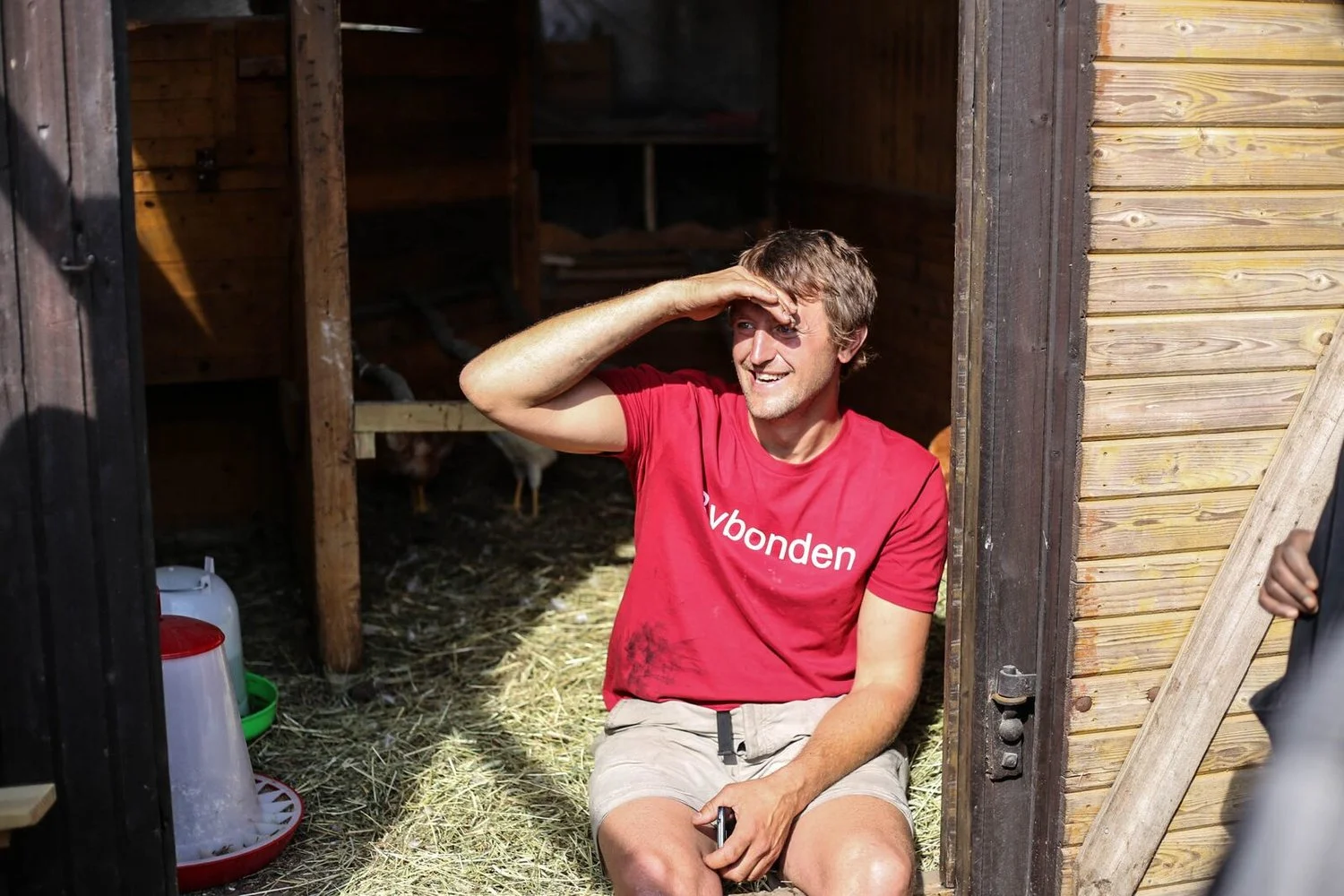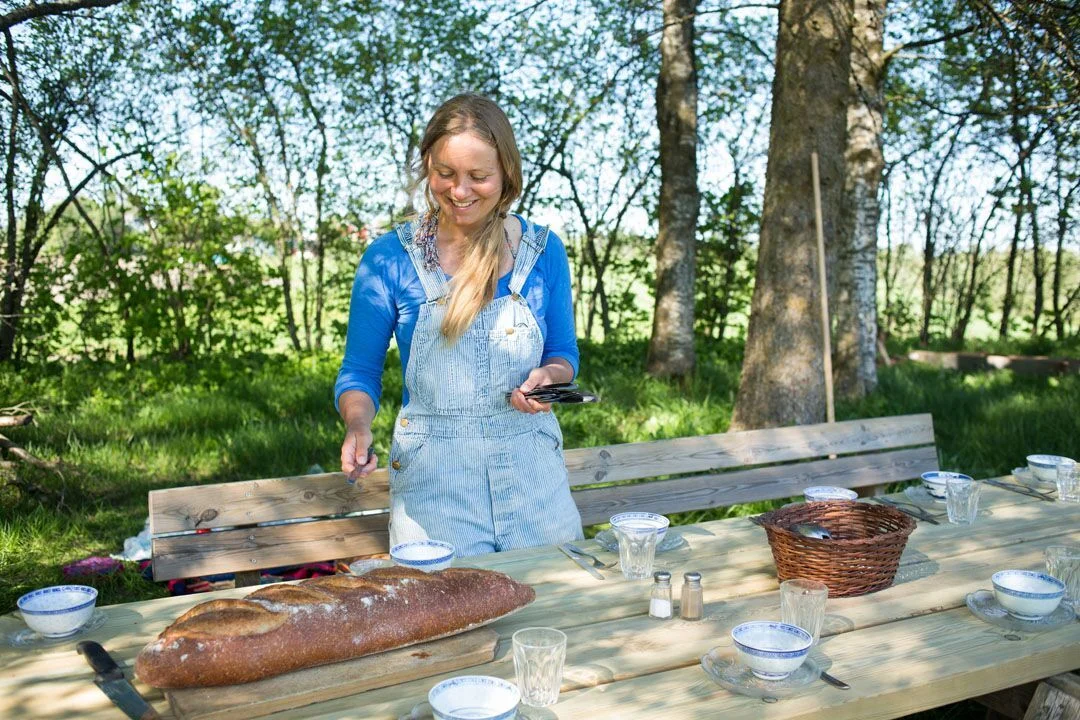Learning from nature with Biomimicry
How do birds coordinate in flocks? How does a pine cone open and close depending on the weather? How do animals keep themselves warm? And how does all this relate to how we design our worlds?
We recently had Nina Havermans and Michel Wolfstirn over for an inspiring lunch presentation at Elementa. They run Biomimicry Norway together- an Oslo based non-profit seeking to explore and promote the practice of nature-inspired innovation.
# Where are you and what do you have in front of you right now?
Michel: Sitting at my wooden, upcycled dining table at home, laptop in front of me to answer these questions obviously ;) Got a copy of The Systems Thinking Playbook on my left, my notebook and a bowl of stew for lunch on my right. I am facing a white IKEA JEFF chair and a window with some drift wood and fossils from Svalbard on the window seat.
Nina: I just got home, on Malmøya. I’m sitting inside writing, yet happelily looking out to the fjord. Nothing much unusual in front of me, besides perhaps the two old ‘artifacts’ gotten from the Natural History Museum when working on our biomimicry exhibition. A pillow shaped stone (pillow shaped so that a picture of it would easily be fitted into a publication) and a fossil mock-up of an extinct organism.
# What is Biomimicry & how does it differentiate from other approaches to design and sustainable thinking?
Biomimicry is a word coined by the American Janine Benyus which got popularized in her 1997 book Biomimicry - Innovation inspired by nature. It comes from bios (life) and mimesis (imitating). It is a framework for sustainable innovation that allows to find solutions in a different way. Nature is sustainable, so it makes sense to look at it and see how some challenges are solved by living organisms.
We are part of nature, let's not forget that, yet a fairly big portion of human made design is not sustainable. The tradition to look at nature for solution is probably as old as mankind, but Benyus offered it a new label and started pushing for a more systematic application of the method
"The chameleon is able to catch a variety of different insects by putting its tongue over the respective prey and securely enclosing it. The FlexShapeGripper uses this principle to grip the widest range of objects in a form-fitting manner. Using its elastic silicone cap, it can even pick up several objects in a single gripping process and put them down together, without the need for a manual conversion." www.festo.com
# Biomimicry projects often result in uncommon, if not "alien" shapes. Do you find it challenging to come across into the esthetically driven design culture?
Biomimicry is strongly coupled to function, aesthetics in itself is also a function, so there is not necessarily a contradiction there. Of course not all of nature’s designs are appealing, spider are repulsive for some people for instance.
We primarily focus on biomimicry as a method for sustainable innovation. Those who try to already take on a sustainable approach to their design work often realize the complexity of this field. Within this target group biomimicry is generally well-received as a method that can be applied in addition to any current way of working.
The restrictions implied in sustainable design can be extra challenging when having no tools or method to tackle this from another perspective. This is where biomimicry can come in. However in the same way as new solutions have to be found to design sustainably, new ways have to be found to achieve a desired expression. For some design teams the beauty might just lie in its contribution with a sustainable, future-proof and innovative solution.
Lotus leaves are self cleaning thanks to micro-scale bumps on the surface. Surface finishes inspired by these self cleaning properties have been applied in for example Lotusan paint.
# What is the best way to get started with applying the methods of biomimicry as a designer or an entrepreneur.
It is important to get familiar with some of the theory first. One can always come to us for advice of course and we would happily help in the process.
A nice place to start in terms of gathering knowledge are the online couses offered by the Biomimicry Institute and Arizona State University. Biomimicry 3.8 is organizing great quality workshops in exotic places, and we’re setting up our own in Spring 2017.
A cheaper option is to start with the books and videos we have listed in our Resources section on our website, or attend one of the introductory workshops we organize on a regular basis.
Collaboration and the connection between different disciplines are essential to biomimicry. So an inspiring start can also involve having a chat with for example a biologist. Just hearing why certain organisms or plants are the way they are, might already inspire you. How do birds coordinate in flocks? How does a pine cone open and close depending on the weather? How do animals keep themselves warm? The functioning of something as commonly known as the pine cone for example has already inspired a variety of architectural biomimicry projects.
Kingfisher photographed by Alan McFadyyen
Kingfishers move quickly from air, a low-resistance (low drag) medium, to water, a high-resistance (high drag) medium. The kingfisher's beak provides an almost ideal shape for such an impact. The beak is streamlined, steadily increasing in diameter from its tip to its head. This reduces the impact as the kingfisher essentially wedges its way into the water, allowing the water to flow past the beak rather than being pushed in front of it. Because the train faced the same challenge, moving from low drag open air to high drag air in the tunnel, Nakatsu designed the forefront of the Shinkansen train based on the beak of the kingfisher.
Asknature.org
# What is the future of work? Will there be work? Is there "work" as we understand it in nature?
I think that we will keep on working but probably leave all the alienating tasks to machines. We have inherently a need for involvement, for shaping things around us, trying to understand them and looking for meaning.
Let’s not forget that we are nature too, and we’ll keep evolving in response to changes in environmental factors, and naturally occuring mutations. As Philippe Stark stated in his funny TED talk, we’re mutants. There is no destination, it’s a journey, and work is probably needed all the way.
In nature, my interpretation is that work is related to getting nutrient, reproduce and protect itself. Originally that’s what humans did as well. We have now added a layer of leisure, but anything around that requires work too.
# Which one website, film, place or piece of music would you put in a sealed box and send to your great great grandson's (or -daughter?)
Nina : The 2013 Bio-design exhibition at Het Nieuwe Instituut’ in Rotterdam, based on the book BioDesign by William Myers
It presented both very intriguing thoughts about potential for the present and future when we incorporate living systems into the design process. Sometimes living systems, bacteria, plants were literally incorporated and sometimes they formed an inspiration for deriving functionality as is done within biomimicry. This was my first introduction to biodesign, both inspiring and an eye opener for its potential.
Michel: If i could pick a place, I would pick a part of the jungle from Costa Rica, it’s overwhelming with beauty, stimulating all the sense! And as a biomimic, it is of course an awesome repertoir of sustainable solutions. I would probably add a copy of the film Tomorrow, in case things go wrong, maybe it can help the future generations to find inspiration to do things right.
Learn more about biommicry and be sure to meet up with Michel & Nina to learn more and connect : www.biomimicrynorway.com
HygroSkin: Meteorosensitive Pavilion
An example of climate-responsive architecture. An architectural skin that responds to its environment without relying on elaborate technical equipment.
Instead it uses the reactivity of wood to the moisture content in the air as in nature you see in spruce cones. (by David Correa and Prof. Achim Menges, University of Stuttgart)
Elementa Conversations:











